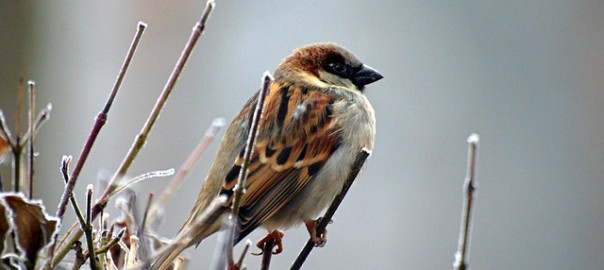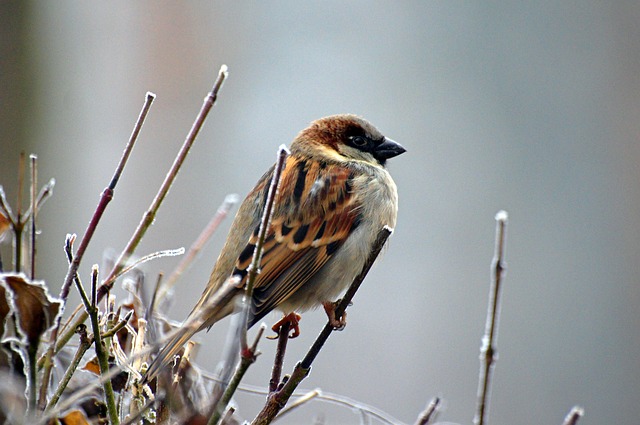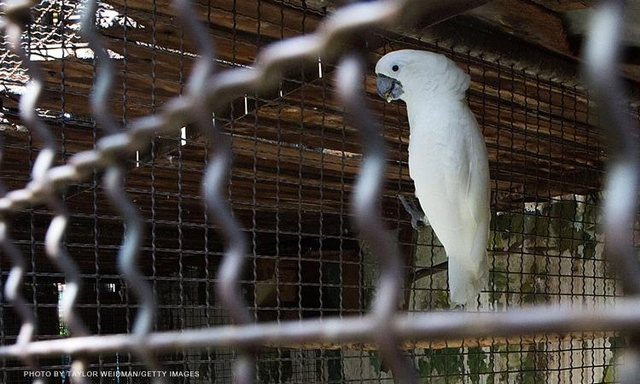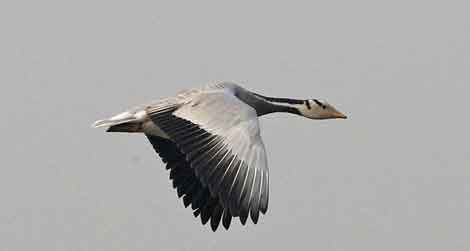Houses and buildings have long since been the natural habitats of sparrows. But, the rise of human population and the trend to make houses pest-free, have led to great threat to the very survival of this tiny, man-friendly bird. Thankfully, there are still some who are fighting to prevent the sparrows from becoming extinct. Like the youths from some villages of Barnala and Sangrur districts of South Punjab who are providing wooden birdhouse on treetops and top of the electric poles which the ‘endangered’ birds are making their natural habitats.
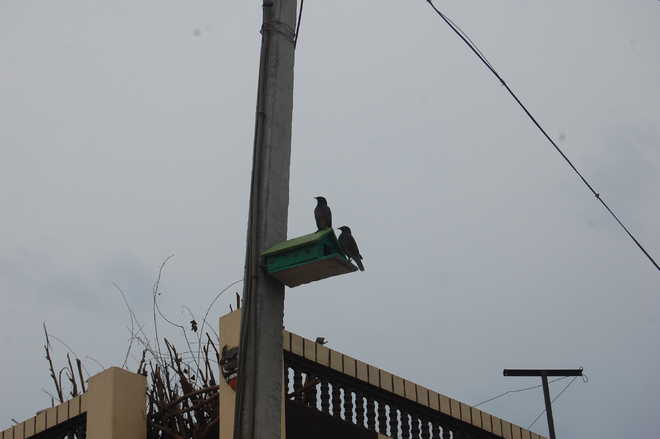
Gitanjali Kanwar, Senior Project Officer, Wild Wide Fund for Nature has appreciated such philanthropic efforts, describing them as a positive phenomenon towards protecting the “endangered wildlife.”
She further adds that there are about fifty species of birds that live closest to human dwellings. These birds include bulbul, sparrows’ pigeons, warblers, parakeets etc. Such birds find the birdhouses, safer, protective and habitable.
It is the survival instinct that urges the endangered sparrows to shift their natural habitats from houses and buildings to the artificially built birdhouses.
Villagers initiate ‘Save The Birds’
People of a village named Kattu, 15 km away from Barnala have set an example of ‘prevention of cruelty to animals’ by fixing birdhouse on almost every electricity pole in its streets and many treetops of their village. A villager, Bara Singh asserted that during the last two years, they have put up more than 500 birdhouses in their village.
He revealed the background behind this concerted effort of the villagers, saying that they first started this “Save the Birds” campaign after reading an article in a Punjabi newspaper about the threat to the endangered birds.
As a consequence of this effort, the almost unseen sparrows have become a common sight in the village.
This humanly trend has attracted the attention of Non-resident Indians (NRI) too. As a result, they have provided financial aid to buy about 250 birdhouses which have been fixed at different locations over the past few months in many places in Punjab. Jaspal Singh Bhattal, an employee with the Punjab Police who took initiative for this ‘Give Them Houses” project says that though birds have yet to build their nests in these newly provided shelters, they may come soon as the birds take at least six months to acclimatize to the new settings.

Small revolution
This people powered conservation effort is growing every minute with more and more locals joining in. Locals say that carpenters have been flooded with orders for making birdhouses. A wooden toy maker from Dhanaula, Rajinder Singh now proudly displays in front of his workshop; birdhouses along with his conventional wooden toys. The cost of a wooden birdhouse cost between 70 to 150 INR and quite affordable for any family eager to save the sparrows.
The bird that chirped constantly in Indian cities and villages is being called back from the brink of extinction.
More Related Stories,
Villagers Plan Wedding Of Sparrows On World Sparrow Day

